They say children are our greatest asset. We parents are ready to offer our children as much as we can. Sometimes we hardly know what is actually best for our children. For food, for example, there are many advertisements, the media offer various information and interpretations about which diet is best. We consulted with Andreja Čampa, a renowned expert in infant and toddler nutrition and a clinical dietitian, who advised us which diet is most suitable for our youngest and which should be avoided.
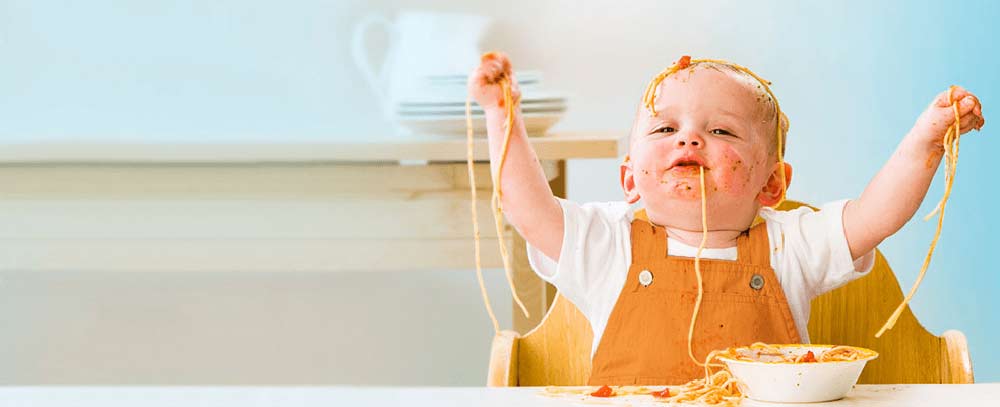
Babies develop rapidly in the first six months, their body weight doubling. They soon need more than just breast milk or a customized milk formula for further growth. It is right that the mother breastfeeds the baby even after the sixth month at least up to one year of age, and at the same time we start introducing a complementary mixed diet. - milk-cereal, vegetable-cereal, vegetable-meat and fruit-cereal porridges, which should gradually become thicker, as this encourages the baby to chew and swallow.
The period between five and six months is best for introducing new foods and dense foods. Before the completed fourth month (17th week of the child's age), the introduction of dense food is by no means recommended, as the baby's digestive system is still not mature enough to cope with compound food, emphasizes Čampa. However, after the sixth month (after the 26th week of the child's age), the delay in introducing a mixed supplementary diet is no longer appropriate, as at the age of six months and older breast milk or milk replacer often no longer provide sufficient intake of nutrients needed by the baby. as we need to cover more than 90% of our daily iron needs with suitable foods during the period of supplementary feeding in infants and watering cans.
By introducing fruit prematurely, we can do ourselves a disservice
The first food we offer the baby should be simple and neutral in taste, as it will be easier to get used to such a taste. It is good to introduce vegetables, cereals, meat and fish to the baby first, because these foods have a neutral taste compared to fruit. Due to the early consumption of fruit, we may have problems with the introduction of other foods: the baby will reject them because he remembered the sweet taste of the fruit and other foods, such as vegetables, will not have a pronounced taste, Champa warns.
By introducing gluten, celiac disease can be prevented
Once we have introduced a few types of vegetables, we also add grains to the baby’s diet. According to Andreja Čamp, the new dietary guidelines for healthy eating for babies dictate that after the completed fourth month and before the completed seventh month, when the baby is still predominantly breastfed, we also introduce gluten-containing cereals into his diet (wheat, oats ... ). This reduces the risk of developing celiac disease. Instead of already prepared "instant" cereal porridges for babies, in order to provide authentic flavors, similar to vegetables, we introduce cereals in the form of semolina and porridge, which we previously cook ourselves in water.
Let’s be careful with fiber
The baby's first starchy dish can be boiled rice (the best is plain rice - not "parboiled", as the first can be cooked until soft), which is pressed into breast porridge, thick as cream soup, together with breast milk or adapted milk. Rice is a fairly neutral food with little flavor, so it is best suited for a first course. Like other foods we offer a baby up to the age of one, we don’t salt rice or sweets because babies don’t need it. Instead of rice, we add corn porridge (polenta) cooked in water instead of rice, then wheat semolina, millet and oatmeal. With buckwheat or rice porridge, which are rich in fiber, it is better to wait a bit. Dietary fiber can quickly become too much, so the stool can become liquid unformed, which can be dangerous due to dehydration in the baby, warns Čampa
Once we have introduced some basic foods into the baby’s diet, we start combining cereals into dairy cereals, fruit-cereals and meat-vegetable-cereals. We must not forget that the baby also needs quality fats, especially vegetable oils. It is best to use a mixture of high quality oils (rapeseed, soybean or corn and olive oil). The oil is usually added to vegetable-cereal or meat porridges at the end of preparation to preserve high-quality fatty acids, advises Champa. To the amount of a meal of 50-200 g add one teaspoon of oil (8-10 g).
When a toddler is what adults eat, he feels a sense of belonging to the family again
After reaching the age of one, it is time for the toddler to gradually switch to the family diet. Between the first and second year, the toddler understands the food offered, as eaten by other family members, as a sign that he belongs to the family. Toddlers in their first and second years of age often refuse the food we offer them with a spoon and want to eat on their own. In doing so, they emphasize their independence. It is very important that we encourage self-feeding , although at the beginning most of the meal ends up on the bib or the floor, not in the toddler’s mouth. “The solution is simple: always have two teaspoons at a meal. With one, let the toddler be alone, with the other, help him in part. That way you will be reassured, because the bulk of the meal will really end up in his mouth, ”says Čampa about diplomatic solutions for the dining table.
Don’t confuse a toddler with glorifying sweets
We never offer cow's milk to babies up to one year of age as a stand-alone meal, salt, sugar and honey. For toddlers, however, we avoid sugar and sweets, salty snacks and sugary drinks. Sweets should not be a reward to a child because he was diligent and ate everything nicely. We also do not deny sweets to a child as punishment. If we present sweets as something that needs to be strived for and something done for them, the child will want them excessively and will become too sweet. Therefore, it is best to be indifferent to sweets. Sweet foods cause tooth decay, are full of "fast and empty" energy and can cause overweight or obesity and digestive disorders later in life, concludes Čampa.
Source: mojDOKTOR, www.mydoctor.si







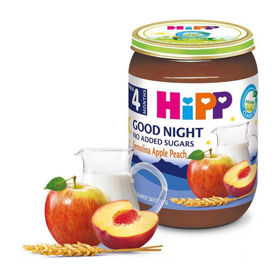
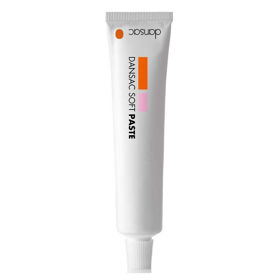
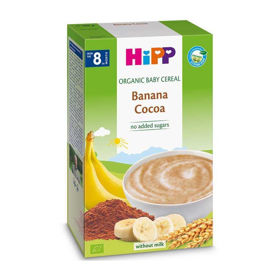
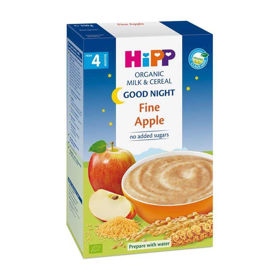

 Facebook
Facebook
 Instagram
Instagram
 info@moja-lekarna.com
info@moja-lekarna.com

